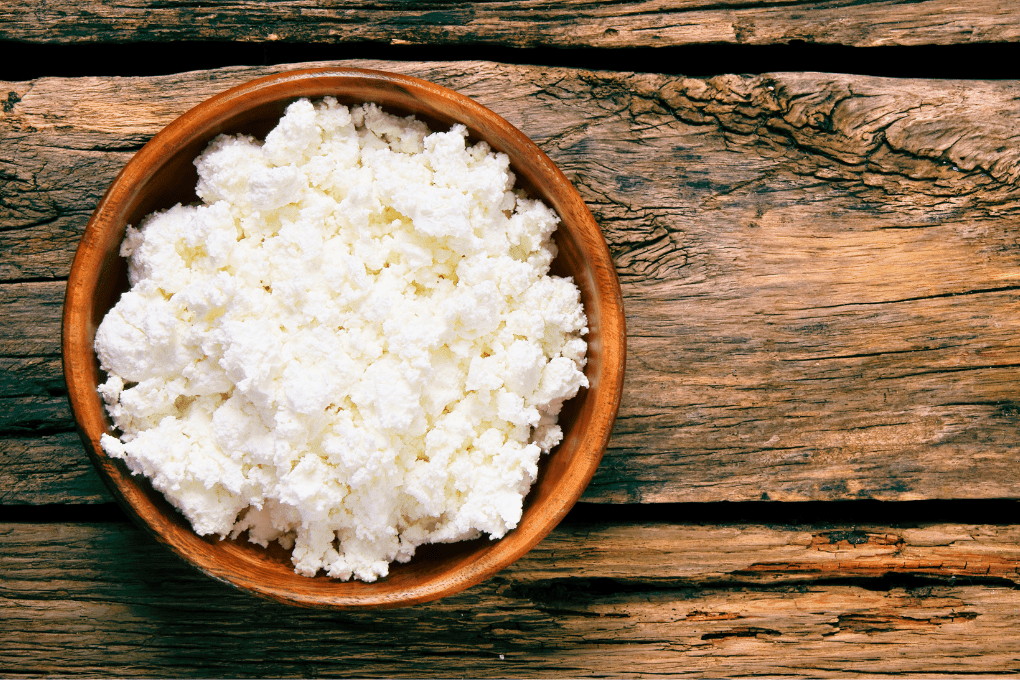
Among the delicious array of cheeses out there, one is believed to be the first made in the United States. Cottage cheese was a favorite among European immigrants, who brought its simple recipe and cooking process to the New World. Centuries later, it still remains one of the most useful and versatile cheeses on the market based on its mild flavor and unique texture.
The following is a brief lesson on one of New England’s oldest cheeses.
Making Cottage Cheese
Cottage cheese is a member of the “fresh cheese” family. These varieties don’t undergo the aging process that’s required to ripen the flavor of other cheeses (cheddar, Romano, or blue cheese, for example). Its creation is fairly simple. An acid (such as vinegar or a citrus juice) is added to pasteurized milk, which helps separate it into two components: the “curdled” curds and a liquid byproduct, or whey. The curds are cut it into pieces, cooked, and pressed to help remove as much moisture as possible. It’s then rinsed and drained once more. The creation is now cottage cheese, known for its creamy, chunky consistency and pearly-white hue. Salt and a variety of other flavor enhancers can be added at this step.
Fun fact: Ricotta cheese goes through a similar preparation process.
Nutritional Facts
As is the case with many dairy products, cottage cheese is a protein-packed food, having upwards of 14 grams per serving. Consuming high-quality protein foods such as cottage cheese is just the ticket for muscle growth.
Cottage cheese also has many of the same nutrients found in a glass of milk, though the amounts can vary. It’s generally a good source of riboflavin, a necessary vitamin needed for cell growth and development as well as converting foods into energy for the body. A serving is also packed with vitamin B12, an important nutrient needed for red blood cell formation. Cottage cheese also has phosphorus, a mineral that helps build and maintain strong bones and teeth. While there is some calcium in cottage cheese, other cheese varieties and dairy products tend to have higher amounts. Learn more about other nutrients found in dairy foods.
The Dietary Guidelines for Americans recommends three servings of dairy daily for men and women. Cheese fulfills this recommendation, with two cups of cottage cheese counting as one serving of dairy.
Availability and Affordability
Similar to milk, cottage cheese is a common staple at many grocery stores. It comes in many varieties, including full and low-fat options to flavored varieties. It’s also one of the most affordable cheeses on the market, making it a useful option for not only snacking but for mealtime, too.
Enjoying Cottage Cheese
Cottage cheese can be enjoyed on its own as a snack or paired with an array of fruits. Also consider these ideas if trying to incorporate more cottage cheese into your meals:
- Try swapping out ricotta cheese with cottage cheese for a lighter version of lasagna. Those with discerning palates likely won’t be able to tell the difference.
- These delicious, protein-packed pancakes use blenderized cottage cheese in the batter.
- Looking for a delicious dip to complement your next get together? Try this caramelized onion and cottage cheese spread.
- Take your taste buds for a ride with this cottage cheese with minted pineapple recipe.



